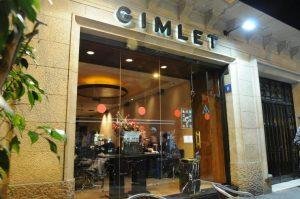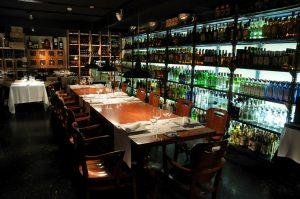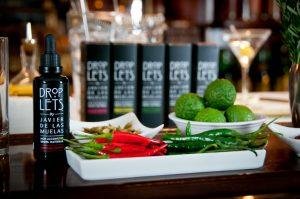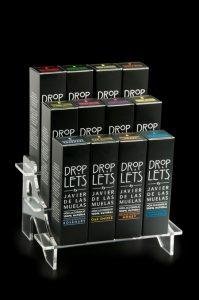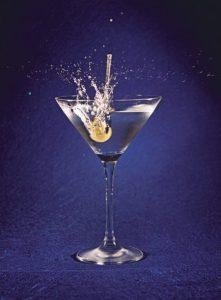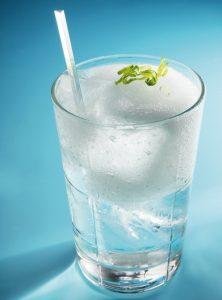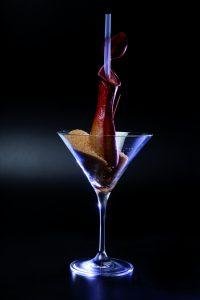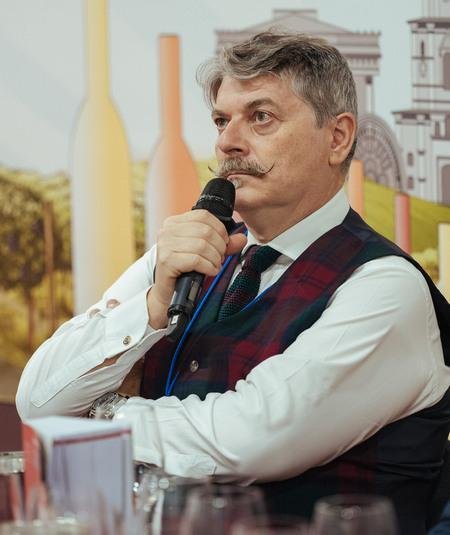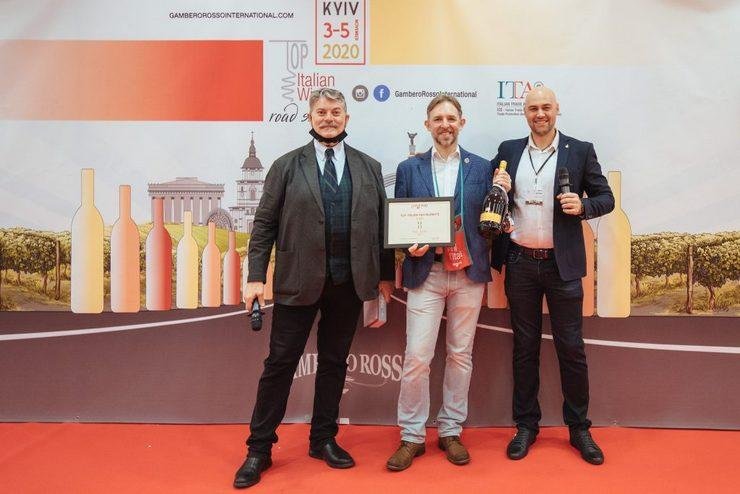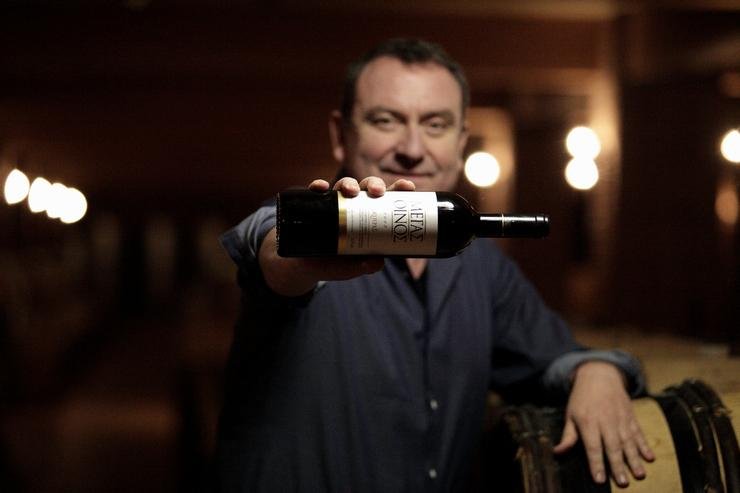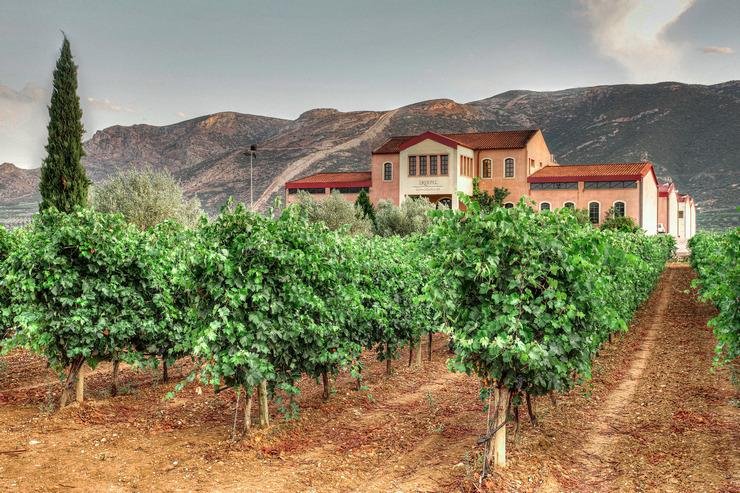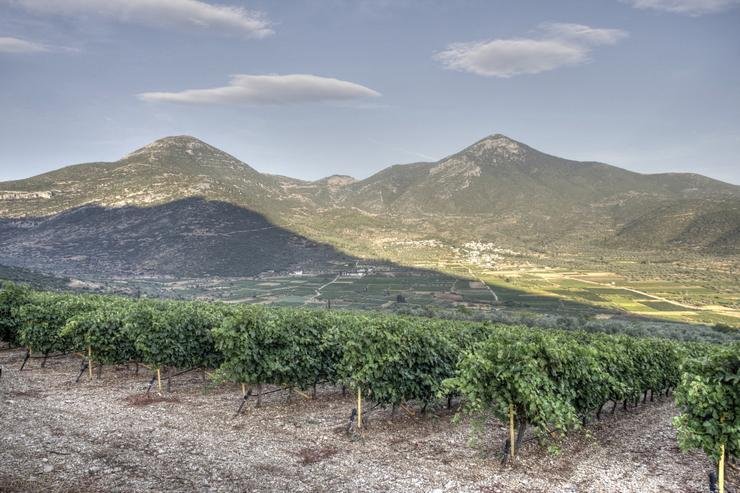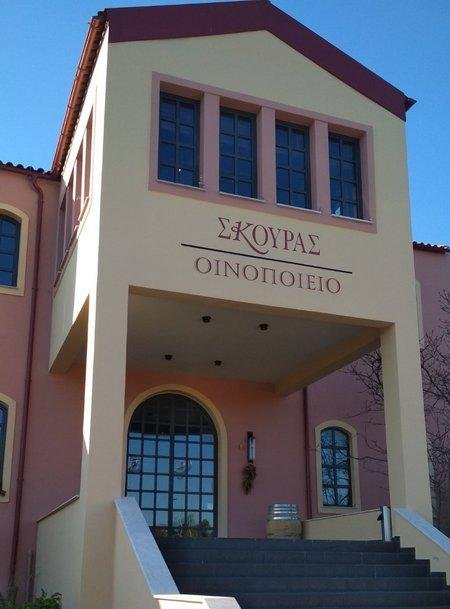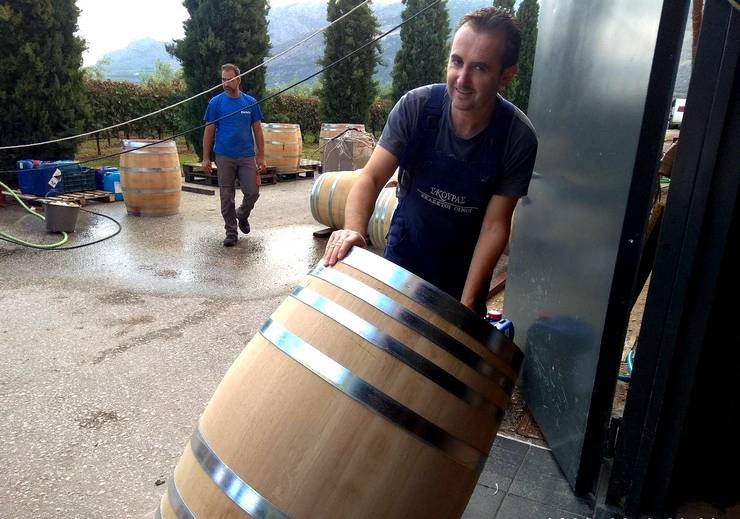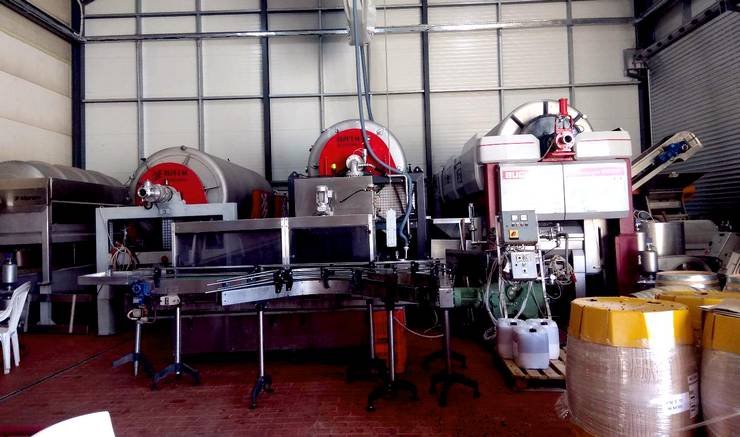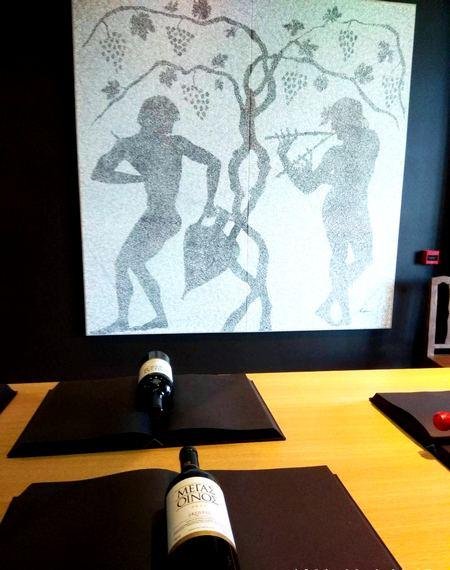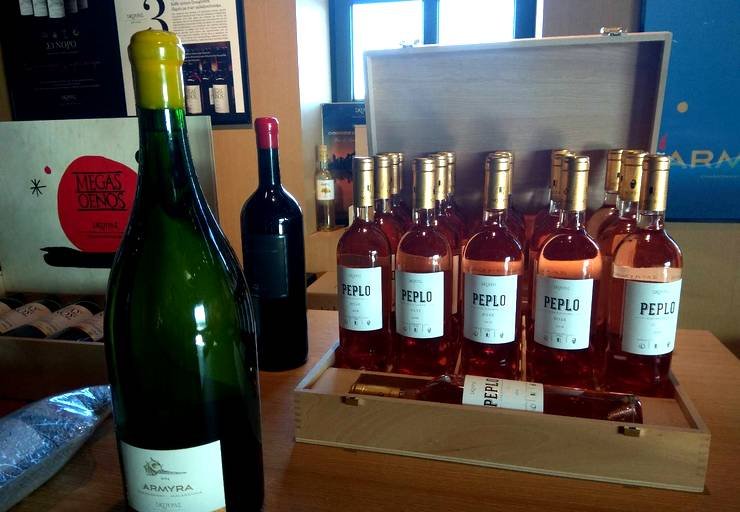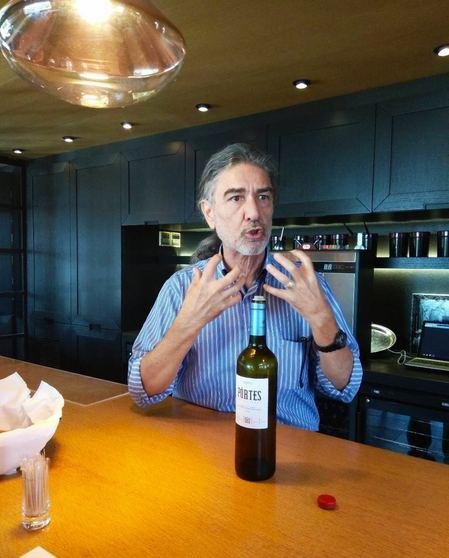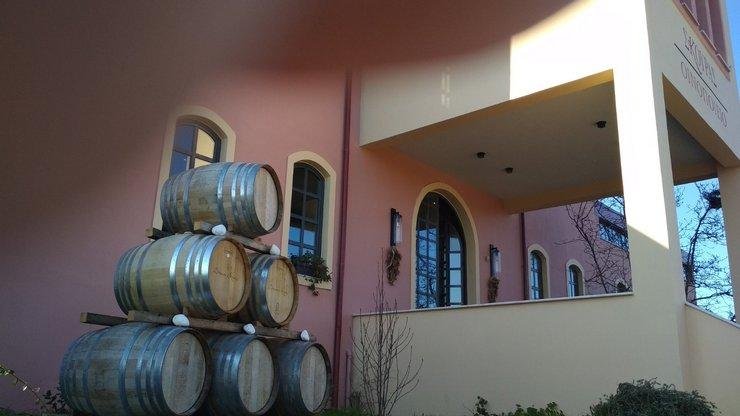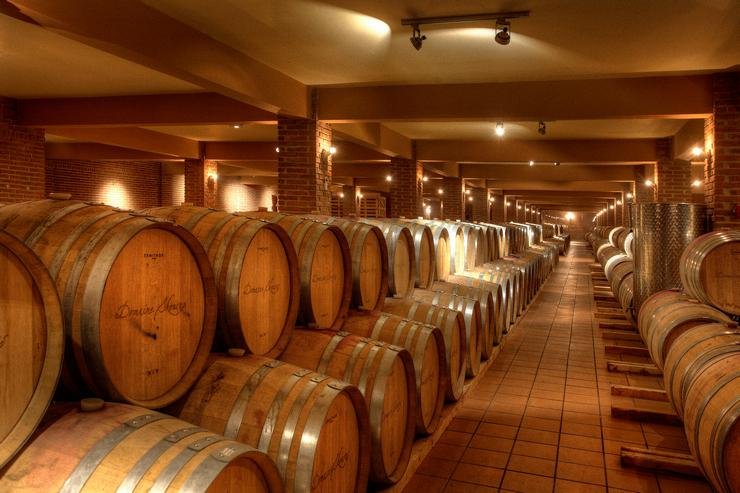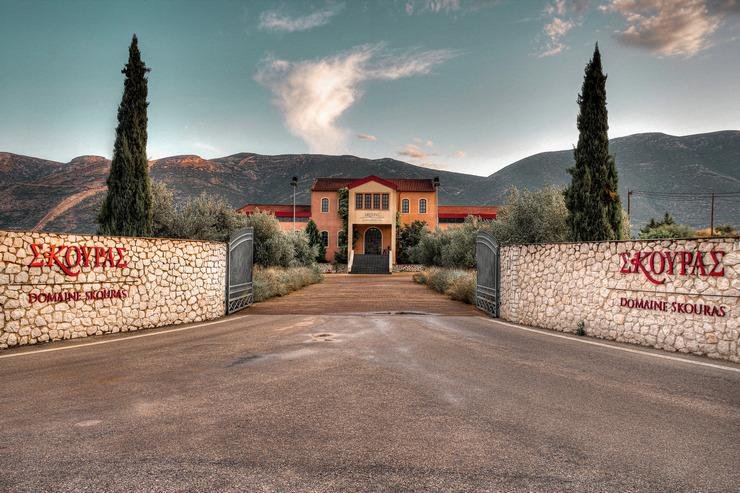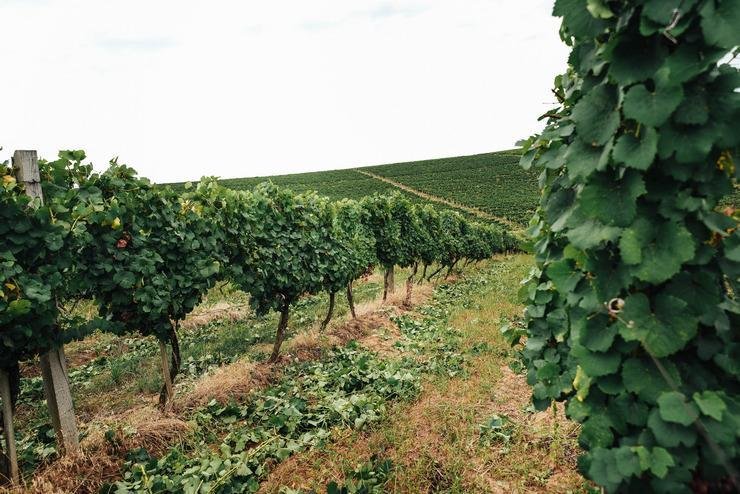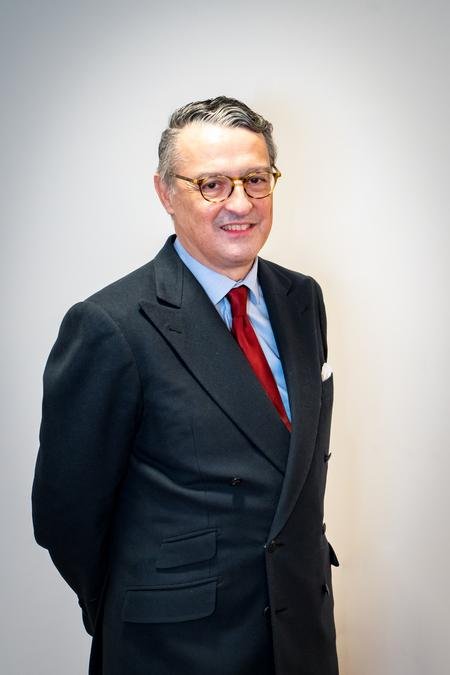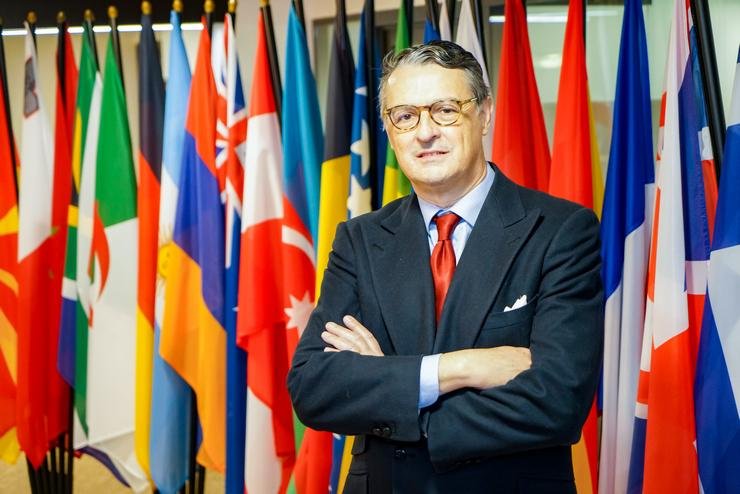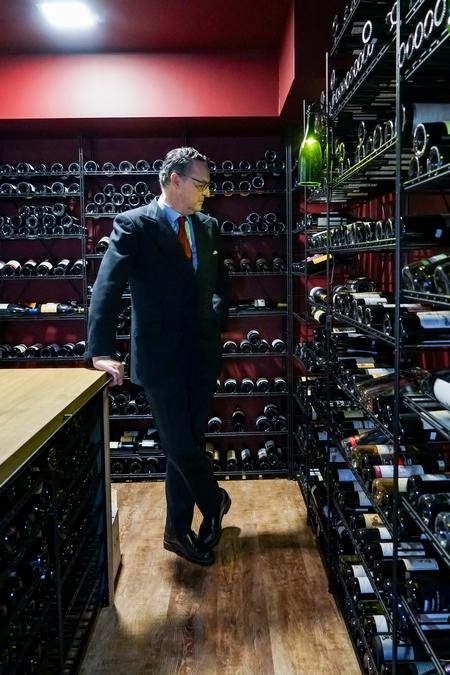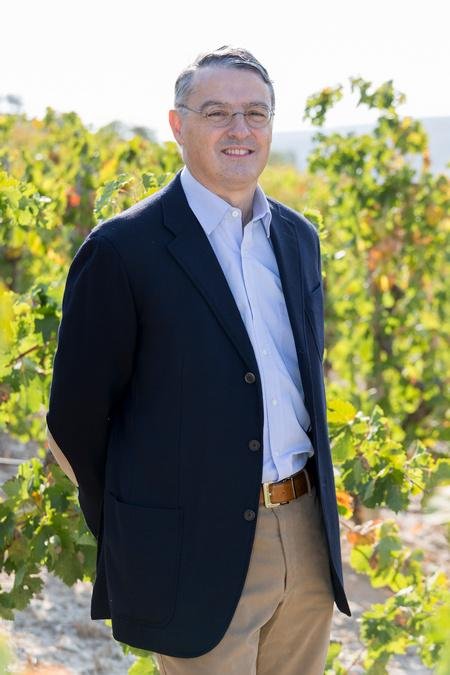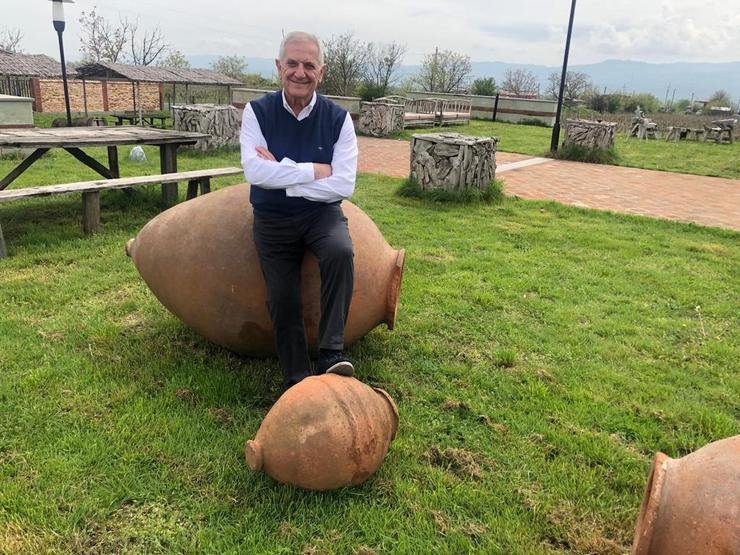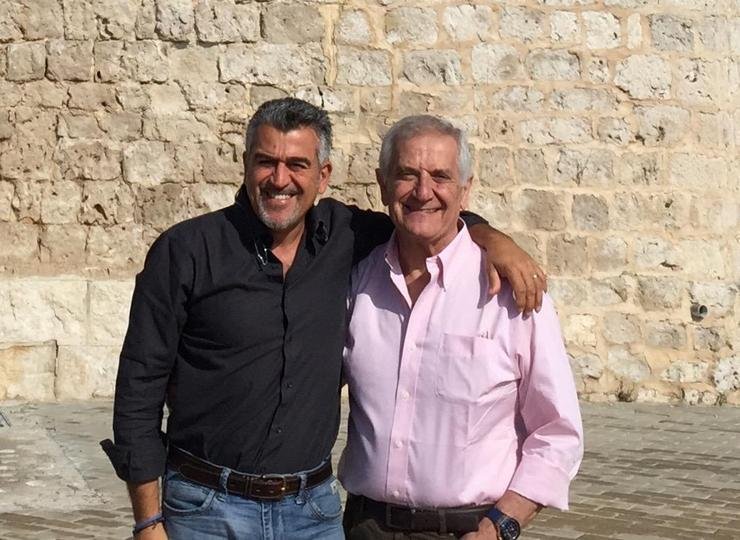Rodolphe Lameyse: “I am expecting that we are going to take back a normal life in 2022”
In his interview, Rodolphe Lameyse, CEO at Vinexpo, shares with Drinks+ readers the company vision, future project concepts for forums Wine Paris & Vinexpo Paris, Vinexpo Bordeaux, the WOW! Platform, Vinexpo Shanghai and Vinexpo India.
Long time before the pandemic, you were preparing a global reorganization: first, the merger of the two exhibition organizations Vinovision and Vinisud took place in Wine Paris, which was further developed in 2020 thanks to the alliance with Vinexpo. As a result of the merger of three companies on the world market, a new expo operator emerged – Vinexposium. Please comment on what the main goals were pursued during these mergers and how the audience was distributed between the planned exhibitions?
Vinexposium is the new leading global organiser of wine and spirits events which aims to play a pivotal role between wine regions and international markets. The new company capitalises on Comexposium‘s expertise and global reach, as the world’s third largest event organiser, and internationally renowned brand Vinexpo which specialises in organising wine and spirits trade events on the three main wine consuming continents. It will draw on France’s excellence and expertise as the world’s second largest wine producer and consumer and leading exporter by value to boost the industry’s trade relations worldwide.
We will do everything in our power to ensure that Vinexposium is a preferred partner for industry stakeholders across-the-board in the coming years. The current crisis situation underscores the relevance of this alliance and makes Vinexposium an agile, resilient facilitator of global trade in wines and spirits. We constantly liaise with our clients and partners and are ramping up our ability to adapt and offer them as many opportunities as possible.

Forums Wine Paris & Vinexpo Paris, planned for June this year, will take place from 14 to 16 February 2022. Please tell us about the differences between these two sites. And what unites them?
Wine Paris & Vinexpo Paris is actually a one and single event since the creation of Vinexposium, there is thus only one site to talk about with of course different areas covering wine regions all of France and a large presence of international wine regions as well. The event also includes the Be Spirits area, entirely dedicated to the world of spirits and mixology with the longest cocktail bar in the world called «The Infinite Bar».
Vinexpo Paris and Vinexpo Bordeaux. How are the roles assigned, will the Bordeaux exhibition focus solely on offering French wines to international buyers? Is there a risk that Vinexpo Bordeaux will become a regional event?
The format of Vinexpo Bordeaux will be totally different as of its next edition in June 2022, maybe more like a business convention vs. a traditional fair. The work is still in progress at the moment, and we cannot develop it all here, but 1. it will be complementary with Wine Paris & Vinexpo Paris and 2. It will address both French and International wine professionals.
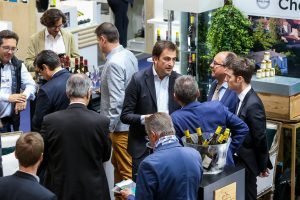
WOW! The platform, created by Vinexpo in 2017 for organic wine producers, has logically grown into a separate exhibition and will be held in February 2022. Could you name the countries and individual regions – the leaders in organic wines which are most actively involved in your special events?
In a global market where production and consumption of organic and biodynamic wines are constantly on the increase, the WOW! Meetings will bring together supply and demand under one roof. This unique location will fulfil the needs of producers and an increasingly diversified array of buyers. Major international buyers and European supermarkets, but also wine merchants and restaurants will benefit from ad hoc business meetings.
Our challenge is to meet the needs of the industry and to align as closely as possible with its expectations. The challenge surrounding organic products is such that we felt compelled to create this dedicated business event. Organic is no longer simply a trend, but a full-fledged industry driver. The Wow! Meetings will provide organic wines with a business meeting platform on the eve of our major Wine Paris & Vinexpo Paris exhibition.
Organic wines will also be showcased as part of the WONDERFUL programme during Wine Paris & Vinexpo Paris where producers will have stands and there will be opportunities to take the floor and host dedicated tastings. And the WOW! area will continue to form an integral part of Vinexpo events internationally. The World Wine Meetings umbrella brand, which hosts business events worldwide, will continue to gain traction internationally and starting in 2022 will provide new events on markets with high potential for growth.
In addition, WBWE Asia will be held in the little-known city of Yantai – what is the specificity of the place and the event itself, what packages of participants are offered? For what volume of beam production can this forum be cost-effective? Wine material from which countries and which places of origin is especially popular in the world today and, in particular, in China? Are there any numbers that could illustrate your position?
According to the latest IWSR-Vinexposium Report, while domestic wines account for 89% of consumption, imports have been gaining significant ground against a faltering locally produced still wine segment. In 2019, the first 5 countries from which China imports wine are, by order: France (15,5 million of 9-litre Cases), Australia (13,7 million of 9-litre Cases), Chile (8 million of 9-litre Cases), Spain (6,3 million of 9-litre Cases), Italy (4,7 million of 9-litre Cases).

Perhaps, the intention to hold Vinexpo India for the first time in such conditions, which will be held in New Delhi from 9 to 11 December 2021 in partnership with the Indian exhibition company Sial, can be considered a very bold step. Your argument for this decision is that Vinexpo’s mission is to open up new markets and be a guide to the future. We have a saying about this: He who does not take risks does not drink champagne! And since we are talking about champagne, for which categories of wines, in your opinion, do you intend to open the Indian market (which is more popular in this market: still, sparkling, sweet)? Wines from which regions of France are popular in India?
According to the latest IWSR-Vinexposium Report, wine is increasingly popular in India, especially with women and the spirits markets mainly concerns whisky, rum and brandy. Wine consumption in India increased by 3.9% in 2019, with value even outpacing volume growth at 4.5%. Wine growth is driven principally by the growing middle class in the major cities of Mumbai, New Delhi-Gurgaon and Bangalore, with important additional volumes in Goa and Pune. This is being reinforced by increasing take-up of wine in Tier Two and Three cities (although not always an easy proposition given the minefield of regulation), as well as a growing female consumer base for whom wine is seen as an acceptable drink.
Judging by your interviews, you are planning to combine wine and spirits at Vinexpo India. Are there separate venues planned for these two types of drinks, like Be Spirits? Perhaps, special presentation formats have been thought out for strong alcohol, is there any specificity for a presentation in the Indian market?
According to the latest IWSR-Vinexposium Report, most of the India’s wine market consists of local products (81%). Most imported wines come from Australia (37%), followed by Italian wines at 15%. In 2019, Chilean wines pushed forward, taking share from both French and Spanish products. In 2019, total imports grew by +4.3% to 0.5m nine-liter cases, driven in large partly by still wine (+4.4%) against a slower sparkling wine segment (1.5%).
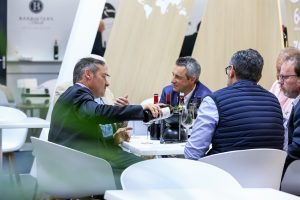
In 2020, did Vinexposium have any experience of hosting a Shanghai exhibition on an online platform? What are your impressions and what is the feedback from the participants? Are you ready to transfer all exhibitions online in the context of a lockdown and how do you see the future of wine exhibitions in general?
With Vinexposium Connect, which we are launching at Vinexpo Shanghai, we are adapting to a very challenging environment and officially rolling out a powerful tool that can be used by industry members who need to network and source information and quality services. With a keen sense of the needs of its clients and partners, Vinexposium is demonstrating its ability to adapt by launching Vinexposium Connect. This will allow it to continue to provide unfailing support for trade relations and business between wine regions and international markets.
Vinexposium will be rolling out a raft of interactive digital solutions in order to diversify its proposition for the global wine and spirits industry. The new range of content, officially launched by Vinexpo Shanghai, will be available online 24/7 worldwide and will address every strand of the industry through Vinexposium’s powerful network.
Active international trade buyers with Vinexposium and members of the wine and spirits industry across-the- board will be invited to join the live sessions online (subsequently available as replays) free of charge. The new scheme prioritises Chinese wine market professionals but will expand its audience through broad-ranging promotion and content available on the Vinexposium Connect platform.
As a rule, exhibition companies have their own analytical departments that monitor the market and make forecasts. Does Vinexposium have a team of analysts, or do you use a partner research (which company is this)? Name, if possible, 3 main trends on the world alcohol market that seemed especially interesting to you personally and why?
Vinexposium partners with The IWSR Institute which produces 5 years forecast for us every year.
Organic, Biodynamic, Low Intervention is one of the key trends and we are monitoring it closely, as well as the no/low alcohol trend: there is indeed a global trend towards a reduction in alcohol consumption, particularly on mature markets; and last but not least, there is a clear craft trend in spirits that is now top of consumers’ minds going forward.
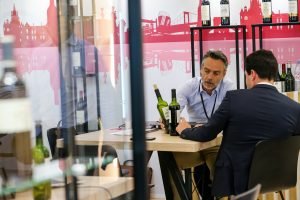
What makes you confident about this exhibition site at such a time: the growth of the beam, more reliable partners in China, something else?
The last 18 months have demonstrated that the exhibition and face to face meetings are up most important to help the Wine and Spirits industry to develop their business. If indeed we have learned to work with more digital interaction, we have developed e-tasting, our product, which is liquid cannot be experienced if only done through a laptop or a mobile. Our products are changing from one year to another. Every element of a tasting matters: smell, colour… which can’t be perceived online.
At the same time, since January, the demand from the Wine and Spirit industry to resume trade shows is important. Of course, we can see that the sanitary situation is very different from one continent to another, from one country to another. This is why, through our series of event worldwide, we are able to offer secure and safe events to our clients. We will start in Asia, with Shanghai, in October and close the 2021 in Amsterdam for our show dedicated to the bulk wine industry.
In 2022, we are going to be back in Europe (Paris), America (New-York) and Asia (Hong Kong) in the first semester. I am expecting that we are going to take back a normal life in 2022.
This is one of the most affected industries by the pandemic. How does Vinexposium plan to adapt to the current conditions, what are the plans, new formats, directions?
Of course, we have been extremely impacted by the pandemic. Who could have imagined that we would be forbidden to work everywhere in the world? We had to adjust, reschedule, rethink how we could deliver value to our industry partners. Of course, we have made significant effort to go on the digital side through our Vinexposium Connect platform. Our platform is here to supplement our face-to-face events. We deliver market intelligence, voice of CEO, women, who matters in the industry, come and explain their views. But we are very eager to resume our events. This is what we do, what we live for!
In his interview, Rodolphe Lameyse, CEO at Vinexpo, shares with Drink+ readers the company vision, future project concepts for forums Wine Paris & Vinexpo Paris, Vinexpo Bordeaux, the WOW! Platform, Vinexpo Shanghai and Vinexpo India.



